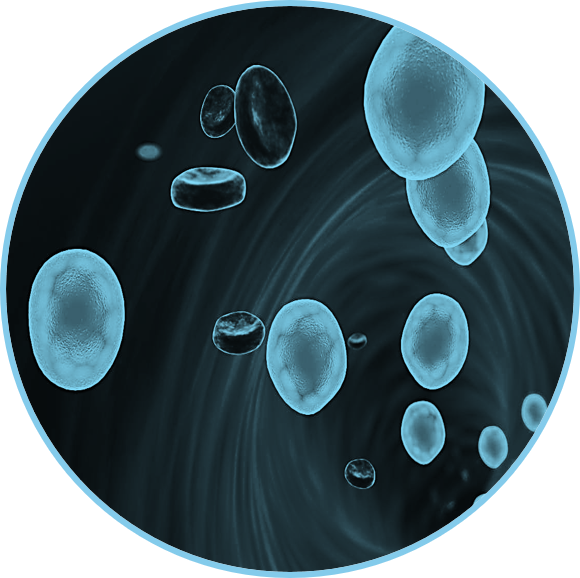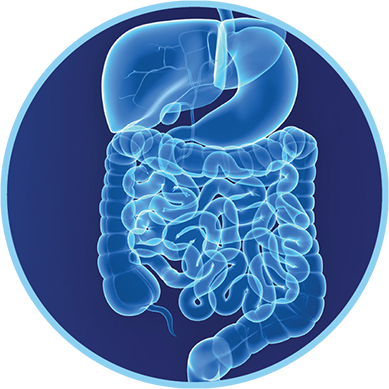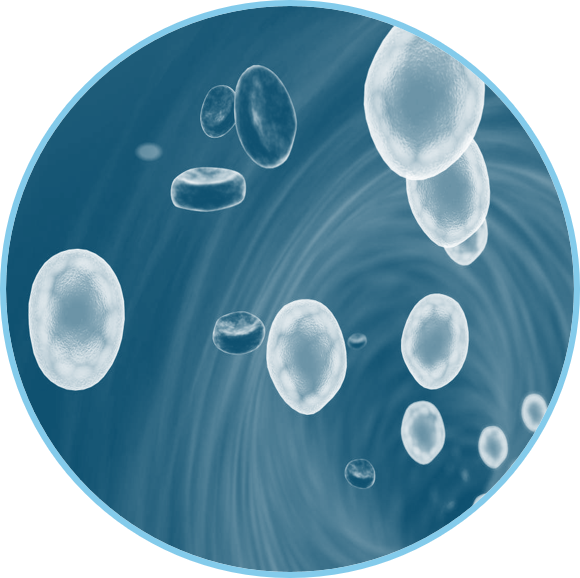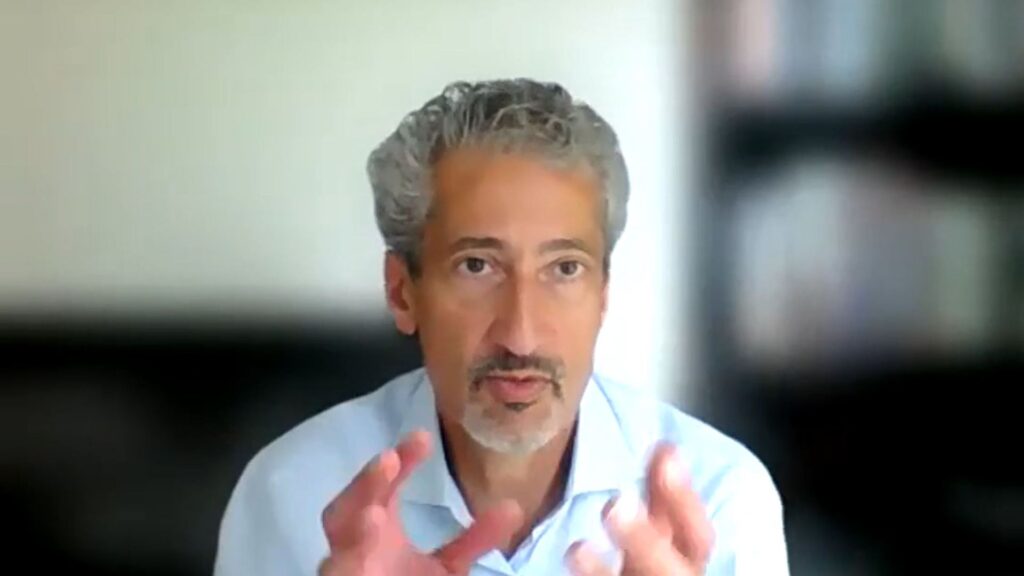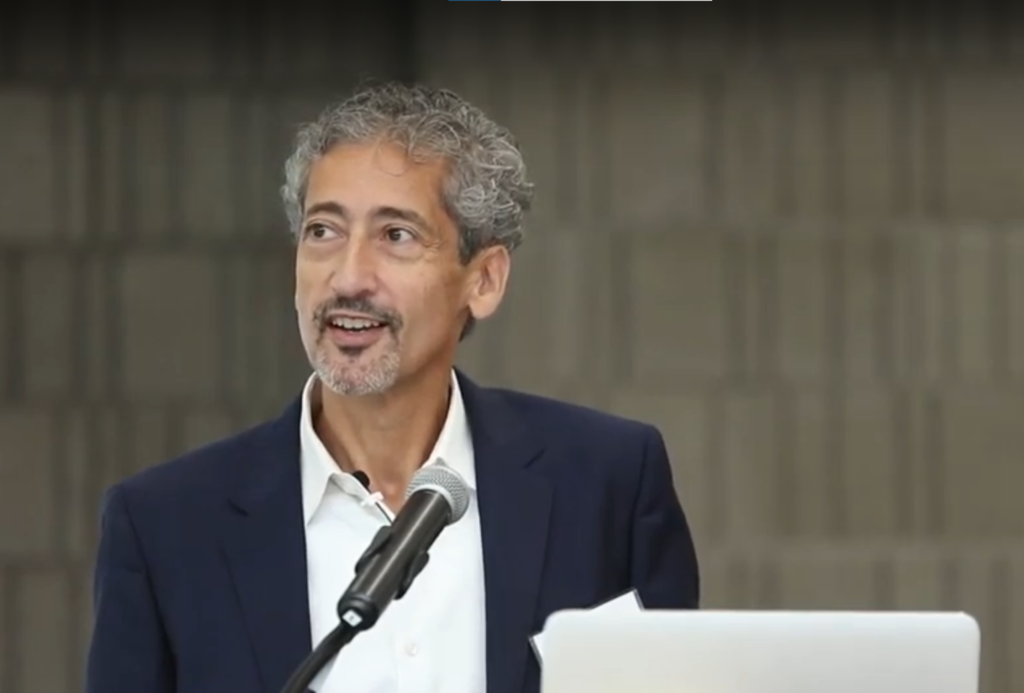Success Stories
Sarah's Journey
Sarah signed up for a 6-month concierge program after years of struggling with severe ulcerative colitis that had not responded well to medications. Through a combination of dietary changes, nutritional therapy, and mind-body techniques, she was able to eliminate her symptoms and reach remission which she has sustained for 3 years with a broad and wholesome diet.
Sarah signed up for a 6-month concierge program after years of struggling with severe ulcerative colitis that had not responded well to medications. Through a combination of dietary changes, nutritional therapy, and mind-body techniques, she was able to eliminate her symptoms and reach remission which she has sustained for 3 years with a broad and wholesome diet.
Kelvin's Journey
Kelvin had been diagnosed with Crohn's disease at a young age and had undergone multiple surgeries. He came to me desperate for a solution as his symptoms were becoming unmanageable. Through a six-month concierge program, Kelvin was able to reduce his inflammation levels and improve his gut health significantly while expanding his foods and gaining weight.
Kelvin had been diagnosed with Crohn's disease at a young age and had undergone multiple surgeries. He came to me desperate for a solution as his symptoms were becoming unmanageable. Through a six-month concierge program, Kelvin was able to reduce his inflammation levels and improve his gut health significantly while expanding his foods and gaining weight.
Riley's Relief
Riley had been dealing with severe IBS for years, which greatly impacted her daily life. After implementing a customized dietary intervention based on the Low FODMAP diet, she experienced significant relief from her symptoms and regained control of her gut health. She's now eats a broad range of foods with confidence that's well beyond a limited low FODMAP diet.
Riley had been dealing with severe IBS for years, which greatly impacted her daily life. After implementing a customized dietary intervention based on the Low FODMAP diet, she experienced significant relief from her symptoms and regained control of her gut health. She's now eats a broad range of foods with confidence that's well beyond a limited low FODMAP diet.




